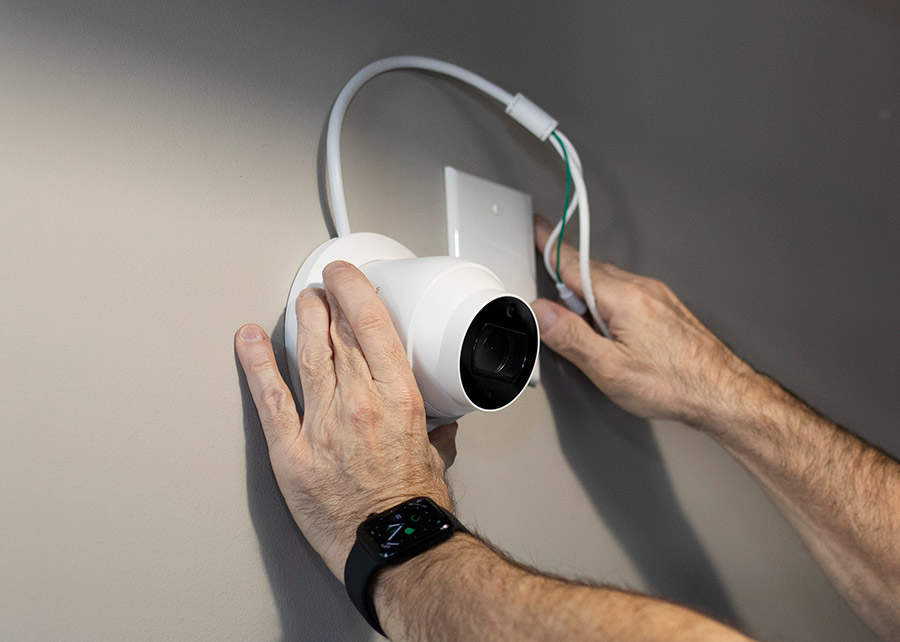In today’s digital landscape, where cyber threats are becoming increasingly sophisticated, protecting your business from intrusions is not just a good practice—it’s a necessity. Intrusion Detection Systems (IDS) play a critical role in safeguarding your organization’s assets, data, and reputation. Here’s why intrusion detection is essential for your business and how it can help you stay ahead of potential threats.
Understanding Intrusion Detection
Intrusion Detection refers to the process of monitoring network traffic and system activities for malicious actions or policy violations. An Intrusion Detection System can be either host-based (monitoring specific devices) or network-based (monitoring the entire network). These systems analyze incoming and outgoing traffic, looking for patterns or anomalies that could indicate a security breach.
The Importance of Intrusion Detection
1. Early Threat Detection
One of the primary functions of an IDS is to identify threats before they can cause significant harm. By monitoring network traffic in real time, these systems can detect unusual patterns that may signify an ongoing attack, such as unauthorized access attempts or unusual data transfers. Early detection allows for swift responses, minimizing damage and potential data loss.
2. Enhanced Security Posture
Implementing an IDS enhances your overall security posture. It provides a crucial layer of defense in your cybersecurity strategy. By continuously monitoring your environment, an IDS can help identify vulnerabilities and areas of weakness that need to be addressed, ensuring that your defenses are robust and up-to-date.
3. Compliance and Regulatory Requirements
Many industries have strict compliance and regulatory requirements regarding data protection and cybersecurity. An effective IDS can help your business meet these regulations by providing necessary monitoring and reporting capabilities. This not only protects your data but also mitigates the risk of costly fines and reputational damage due to non-compliance.
4. Incident Response and Forensics
In the event of a security breach, having an IDS can significantly improve your incident response capabilities. The system logs detailed information about suspicious activities, which can be invaluable for forensic analysis. Understanding how a breach occurred is essential for preventing future incidents and strengthening your defenses.
5. Protecting Sensitive Data
Businesses often handle sensitive customer information, financial data, and intellectual property. An intrusion can lead to severe repercussions, including financial losses and legal liabilities. IDS helps safeguard this data by alerting you to potential threats, allowing you to take action before data is compromised.
6. Building Trust with Customers
In an age where data breaches are frequently reported, customers are increasingly concerned about the security of their personal information. By investing in an IDS and demonstrating your commitment to security, you can build trust with your customers. A strong security posture can differentiate your business from competitors, attracting and retaining clients.
7. Adaptability to Evolving Threats
Cyber threats are constantly evolving, with attackers developing new techniques to breach systems. An effective IDS can adapt to these changes by regularly updating its detection algorithms and incorporating threat intelligence. This adaptability ensures that your business remains protected against the latest threats.
Implementing Intrusion Detection
To effectively implement intrusion detection in your business, consider the following steps:
-
Assess Your Needs: Evaluate your business’s specific needs, industry regulations, and potential risks to choose the right type of IDS (host-based or network-based).
-
Integrate with Existing Security Measures: Ensure that your IDS works in conjunction with your existing security infrastructure, such as firewalls and antivirus programs, for a comprehensive approach.
-
Regularly Review and Update: Cyber threats evolve rapidly, so regularly review and update your IDS settings and threat detection algorithms to keep pace with new threats.
-
Train Your Staff: Ensure that your employees understand the importance of intrusion detection and are trained to recognize potential threats. A well-informed team can be your first line of defense.

